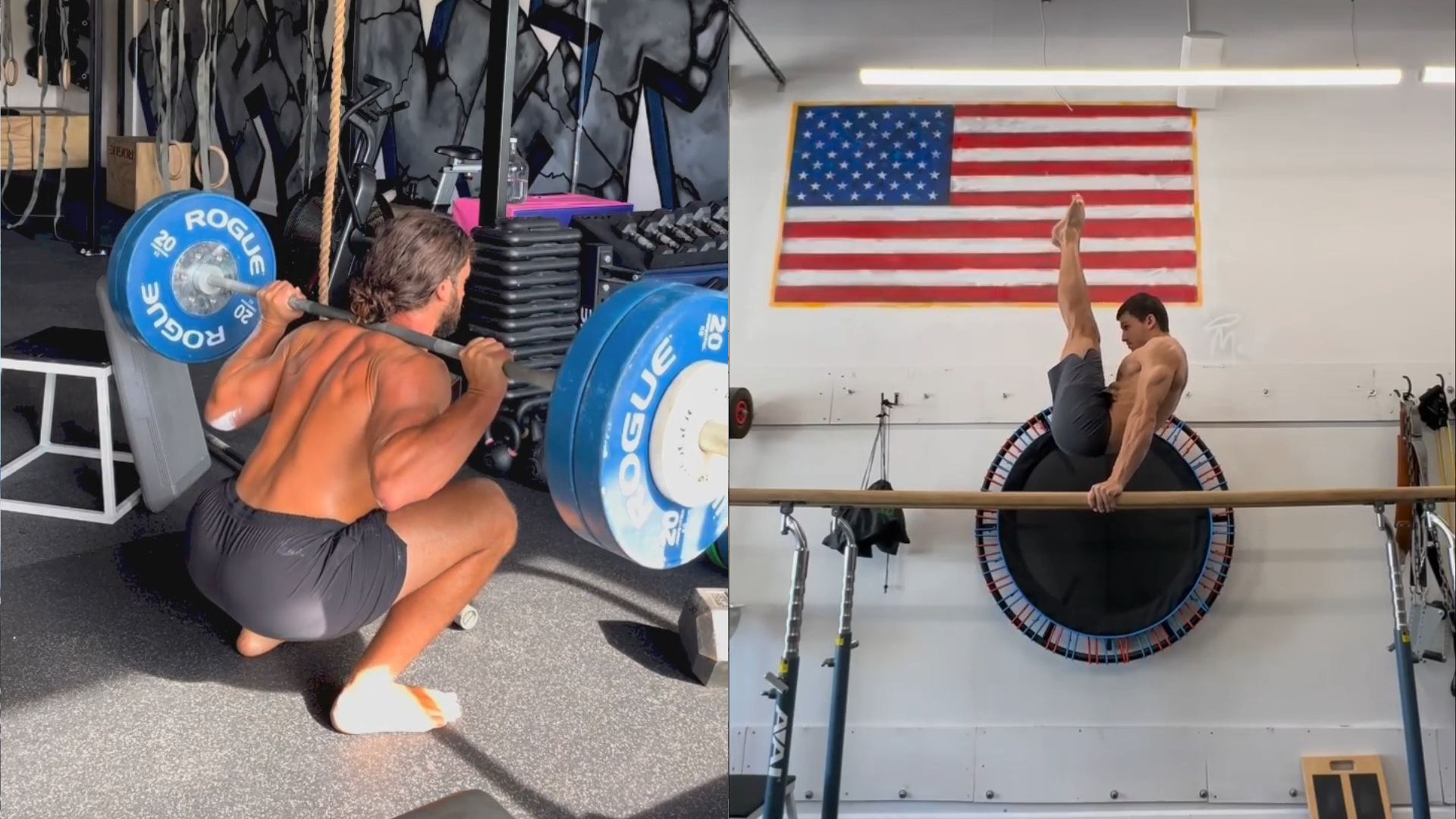Flexibility and strength training often go hand in hand, yet flexibility training is frequently overlooked in fitness routines. Incorporating flexibility into your strength training program can enhance performance, reduce injury risks, and improve overall movement quality. Whether you’re a seasoned athlete or just beginning your fitness journey, understanding the synergy between flexibility and strength is key to optimizing results.
What Is Flexibility, and Why Is It Important?
Flexibility refers to the range of motion (ROM) available at a joint or group of joints. This is influenced by muscle length, joint structure, and connective tissue elasticity. When muscles and joints can move freely through their full ROM, the body functions more efficiently and with less strain.
Key Benefits of Flexibility Training:
- Enhanced Strength Potential: Flexible muscles can contract more efficiently, enabling greater force production.
- Injury Prevention: Improved flexibility reduces the risk of strains and tears by allowing joints to move safely through their ROM.
- Better Posture and Alignment: Flexibility training alleviates muscle imbalances that lead to poor posture.
- Improved Recovery: Stretching and mobility exercises promote blood flow, aiding in muscle repair and reducing soreness.
The Link Between Flexibility and Strength
Strength training benefits aren’t limited to building muscle mass or improving endurance. Adding flexibility training amplifies these gains by enabling better movement mechanics and reducing compensatory patterns. Here’s how flexibility and strength work together:
- Optimal Muscle Engagement: Tight muscles restrict movement, leading to inefficient strength output. Flexibility ensures full activation of muscle fibers during exercises like squats and deadlifts.
- Joint Health: Strength exercises place stress on joints. Adequate flexibility supports joint stability, reducing wear and tear over time.
- Enhanced Functional Strength: Activities requiring a combination of strength and flexibility, such as gymnastics or martial arts, rely heavily on balanced training approaches.

How Flexibility Reduces Injury Risk
One of the most compelling reasons to prioritize flexibility training is its role in injury prevention. When muscles lack flexibility, they’re more prone to strains during dynamic movements or heavy lifting. Here are key ways flexibility mitigates injury risks:
- Balanced Muscular Development: Overly tight muscles can cause imbalances, leading to compensatory movement patterns and overuse injuries.
- Increased Range of Motion: Greater ROM allows you to perform exercises with proper form, reducing stress on vulnerable areas like the lower back and shoulders.
- Reduced Recovery Time: Flexibility exercises alleviate muscle tightness and improve circulation, speeding up recovery after intense workouts.
Example: Consider a common strength training exercise like the bench press. Tight shoulders or chest muscles limit ROM, increasing strain on the joints and reducing overall power. Incorporating stretches like doorway pec stretches or shoulder mobility drills improves flexibility and reduces risk.
Flexibility Training Techniques to Complement Strength Training
To maximize the benefits of flexibility training, incorporate a variety of techniques into your routine:
Static Stretching
When to Use: Post-workout or during recovery days.
How It Helps: Holding stretches for 15-60 seconds improves muscle length and relaxes tension.
Examples:
- Hamstring stretch
- Quadriceps stretch
- Shoulder stretches
Dynamic Stretching
When to Use: As part of your warm-up.
How It Helps: Prepares muscles and joints for activity by mimicking workout movements.
Examples:
- Leg swings
- Arm circles
- Walking lunges with a twist
Proprioceptive Neuromuscular Facilitation (PNF)
When to Use: During dedicated flexibility sessions.
How It Helps: Involves stretching and contracting targeted muscles to increase flexibility.
Examples:
- Partner-assisted hamstring stretch
- Contract-relax stretching techniques
Yoga and Pilates
When to Use: Weekly or bi-weekly sessions.
How It Helps: Combines strength, flexibility, and mindfulness for full-body benefits.
Examples:
- Downward Dog
- Cat-Cow Pose
- Plank Variations
Integrating Flexibility Into Your Strength Training Routine
Combining flexibility and strength training doesn’t mean sacrificing intensity. Instead, it involves strategic planning to incorporate both elements seamlessly:
- Warm-Up With Dynamic Stretches: Begin every workout with movements that increase circulation and prepare muscles for heavy lifting.
- Include Active Recovery Sessions: Dedicate one or two days per week to low-intensity activities like yoga or focused stretching.
- Stretch Between Sets: Use rest periods for brief static stretches to maintain flexibility without impacting performance.
- End With Static Stretches: Finish workouts with longer holds to promote recovery and maintain ROM.
Example Routine:
- Warm-Up: 5-10 minutes of dynamic stretches (e.g., walking lunges, arm swings)
- Workout: Strength-focused exercises (e.g., squats, bench press) with active stretching between sets
- Cool-Down: 5 minutes of static stretching (e.g., hamstring stretches, butterfly stretch)

Common Myths About Flexibility and Strength Training
Addressing misconceptions is crucial to understanding why flexibility training matters. Let’s debunk a few myths:
Myth 1: Flexibility Reduces Strength
Reality: Proper flexibility enhances strength by improving muscle efficiency and joint health.
Myth 2: Stretching Is Only for Recovery
Reality: Dynamic stretching before workouts boosts performance by activating muscles.
Myth 3: Strength Training Makes You Less Flexible
Reality: Strength training combined with flexibility exercises improves both attributes simultaneously.
Measuring Your Progress
Tracking your flexibility improvements is just as important as monitoring strength gains. Here’s how:
- Range of Motion Tests: Use benchmarks like the sit-and-reach test or shoulder mobility assessments.
- Exercise Performance: Monitor improvements in exercise form and depth, such as deeper squats or better shoulder alignment.
- Pain Reduction: Take note of decreased muscle tension or joint discomfort during and after workouts.
Enhance your strength training results by prioritizing flexibility in your routine. At MOVE, we specialize in integrating flexibility training with strength programs to help you achieve peak performance and stay injury-free. Ready to take your fitness to the next level? Contact us or explore our online coaching programs today!
Let’s build strength and flexibility together for a healthier, stronger you.




